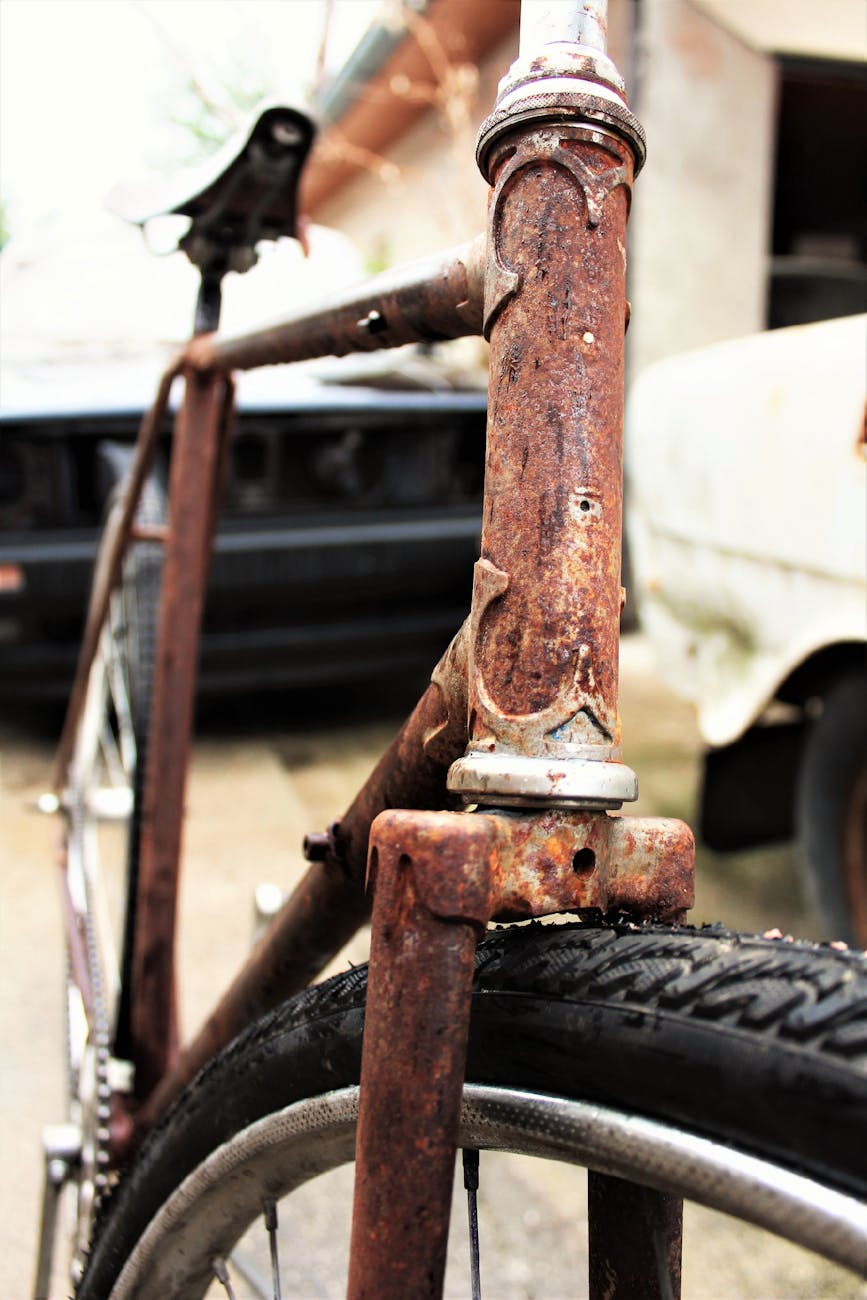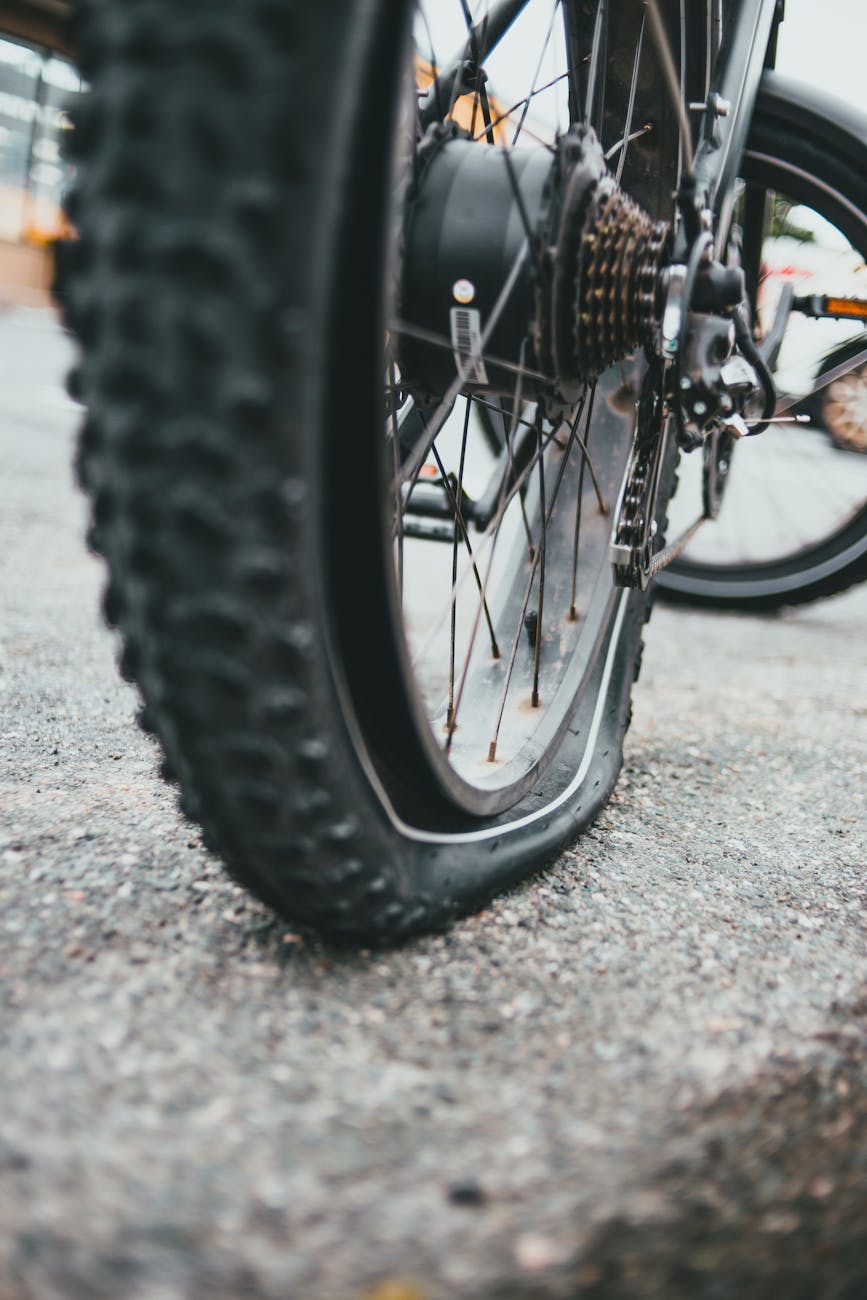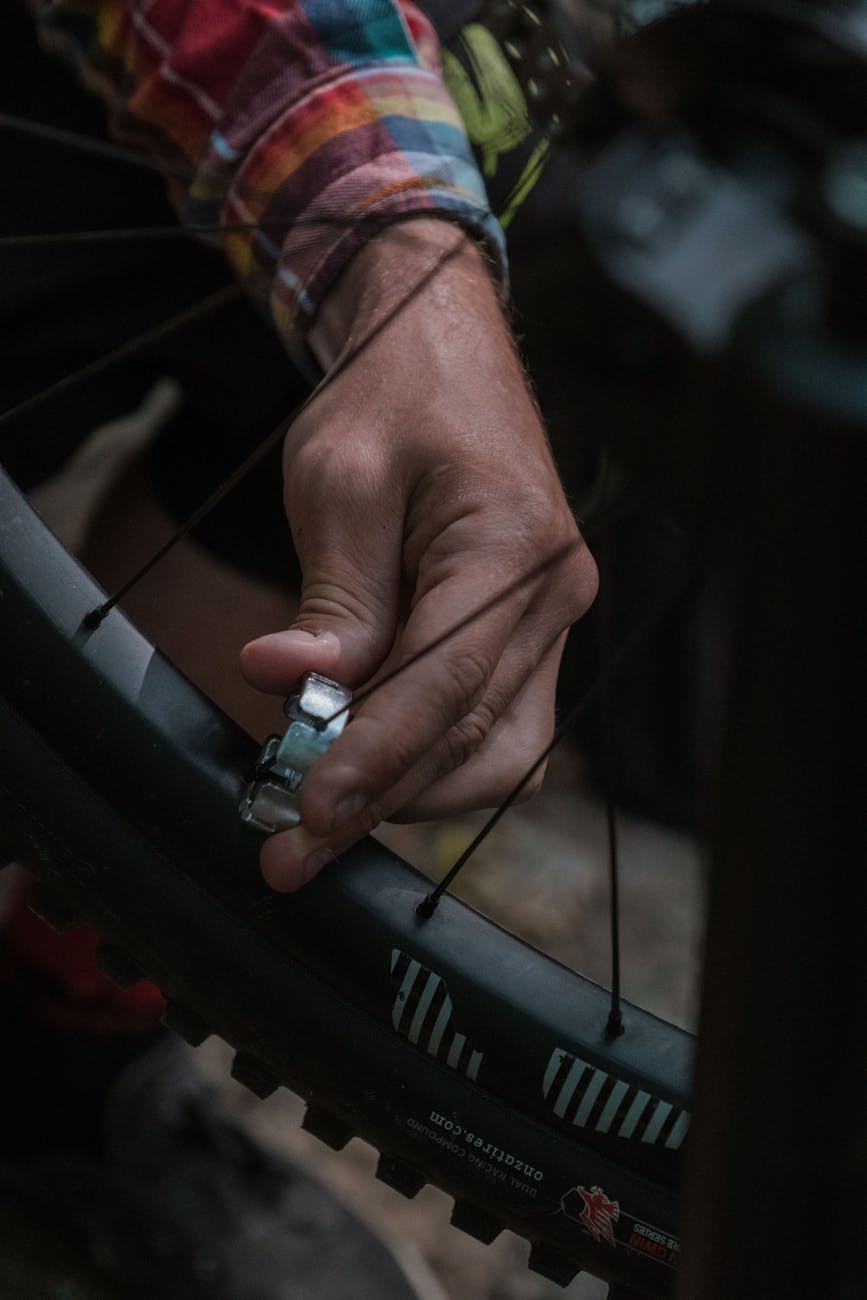When it comes to ensuring a smooth and enjoyable bike ride, one crucial aspect that often gets overlooked is the suspension system. A well-maintained and properly functioning bike suspension can make a significant difference in your comfort, control, and overall riding experience. If you’ve noticed any issues with your bike’s suspension, such as stiffness, sagging, or creaking noises, it might be time to consider bike suspension repair. By addressing these issues promptly, you can enhance the performance of your bike and enjoy a smoother, more comfortable ride.
Understanding Bike Suspension Systems
Before delving into bike suspension repair, it’s essential to understand the basic components of a bike’s suspension system. Most modern bikes come equipped with either front suspension (fork) or full suspension (front and rear shock absorbers). The suspension system’s primary function is to absorb shock from rough terrain, maintaining traction and stability while minimizing the impact on the rider’s body.
Signs That Your Bike Suspension Needs Repair
Recognizing the signs of a faulty suspension system is vital for ensuring your safety and maximizing your riding experience. Some common indicators that your bike’s suspension may need attention include:
1. Stiffness: If your suspension feels rigid and lacks the smooth travel it once had, it may be a sign of worn-out components or a need for servicing.
2. Sagging: Excessive sagging in your suspension can affect the bike’s handling and responsiveness, indicating a potential issue with the spring or damping mechanism.
3. Unusual Noises: Creaking, clunking, or squeaking noises when compressing the suspension are signals of possible damage or worn parts that need replacement.
4. Fluid Leakage: Visual signs of oil or fluid leaks around the suspension components can indicate seal damage or other internal issues.
Benefits of Bike Suspension Repair
Addressing suspension issues through timely repair or servicing can offer several benefits, including:
1. Improved Comfort: A properly functioning suspension system absorbs shocks and vibrations, making your ride smoother and more comfortable.
2. Enhanced Control: A well-tuned suspension system provides better traction and handling, allowing you to navigate rough terrain with greater ease and confidence.
3. Longevity: Regular maintenance and repair help extend the lifespan of your suspension components, preventing costly replacements down the line.
4. Safety: A well-maintained suspension system ensures optimal performance, reducing the risk of accidents caused by poor handling or compromised stability.
Expert Bike Suspension Repair Services
While some basic suspension maintenance tasks can be performed at home, complex repairs and tuning are best left to professional bike mechanics. Expert technicians have the knowledge, skills, and specialized tools needed to diagnose issues accurately and provide tailored solutions for your bike’s suspension system.
When seeking bike suspension repair services, look for a reputable bike shop or service center with experience in handling suspension systems. A thorough inspection, including assessing shock and fork performance, fluid levels, seals, and alignment, is essential to identify any underlying issues and ensure comprehensive repair and tuning.
Conclusion
In conclusion, prioritizing the health and performance of your bike’s suspension system is key to enjoying a smooth, comfortable ride on any terrain. By recognizing the signs of suspension issues early on and investing in professional repair and maintenance services when needed, you can optimize your biking experience and prolong the longevity of your beloved two-wheeled companion. Remember, a well-tuned suspension not only enhances performance but also adds to the overall joy and satisfaction of cycling.









